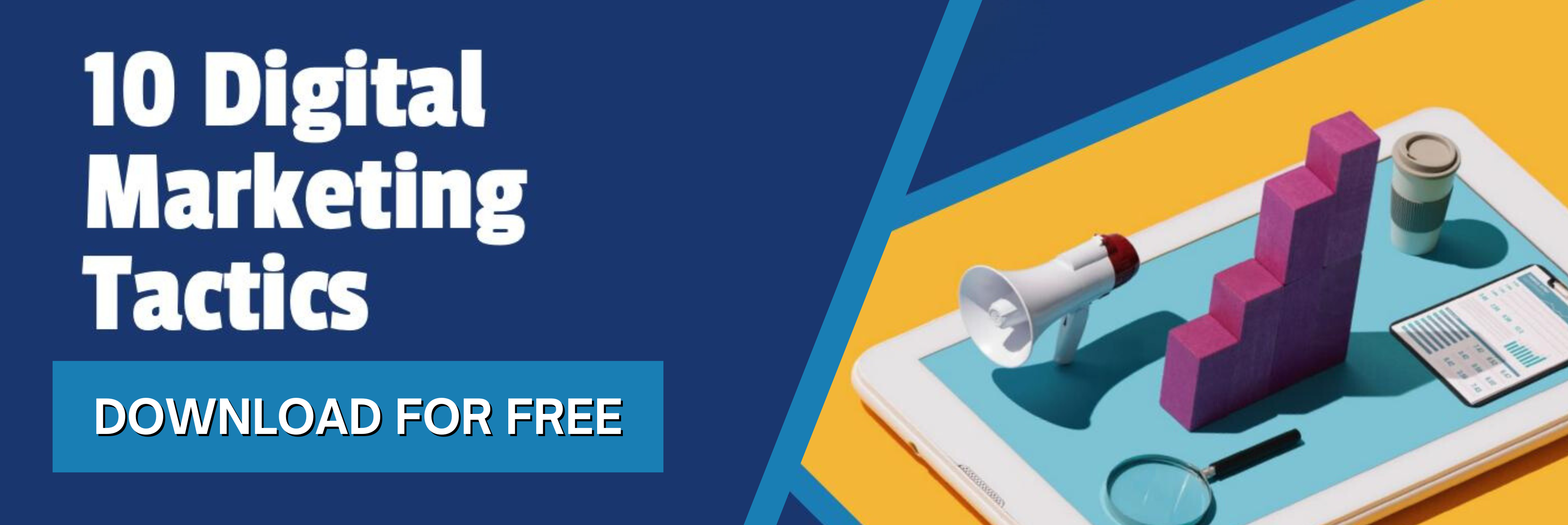Big data has taken the world by storm. Over 2.5 quintillion bytes of data are generated around the globe on a daily basis!
You won't have to sift through that much data for your next marketing campaign. Still, raw data on its own can be intimidating.Luckily, it is possible to transform the raw data from your analytics into a cohesive narrative. If you identify the hero, goal, setting, and ending within your "data story," you'll be in a better position to present your findings to key stakeholders and keep focused on your main objective. Let's focus on six steps to help you find a story within your analytics.
Choose a Hero
All stories have to center around a central protagonist, either living or non-living. Therefore, the first step in your storytelling process should be to identify your "hero." This could be your organization as a whole, your official website, a landing page, a product, or some other entity. Of course, you want to choose your hero based on the elements you want to gain insights about.
Give the Hero a Goal
In marketing terms, you need to identify the key performance indicators (KPIs) relevant to your hero's journey. In other words, you need to answer the question: "What is the 'hero' trying to accomplish? What would the results be if he reaches his goal?"
KPIs could include a number of metrics such as gross sales, total units sold, website views, click-through rate (CTR), leads generated, conversion rate, etc. For instance, a landing page (your hero) may have the associated KPI of converting 10% of visitors (your goal).
Set the Scene
Every good story has to have some element of conflict. Once you have your hero and goal in hand, you need to "set the scene" by describing how difficult the hero's journey will be. In other words, which KPIs will really "move the needle," and how much time and effort will it take to achieve those KPIs?
For example, if your website is the hero of the story, and your ultimate goal is to increase sales, then does it matter how many clicks and website viewthroughs you receive?
Do your analytics indicate that other metrics are more important, such as bounce rate or the average session duration?
What will it take to achieve better results in those areas?
Imagine a Happy Ending
Next, it's time to envision the different outcomes that could result from the hero's journey. First, focus on the "happy ending."
What should your data look like if the hero reaches his goal? ‘
For example, if a website's goal is to increase sales, then what does the hero have to do in order to make that happen? Would a 25% decline in the bounce rate make a difference to the ending? Envision your desired outcome, and then map out the different steps to reach the goal.
Imagine a Sad Ending
You should also consider what a "sad ending" would look like. In other words, if the hero is unable to reach his goal, what would the data look like?
For instance, if a lead magnet's goal is to collect email addresses, what would the data look like if fewer email addresses were collected than expected?
Fit the Analytics to the Ending
Finally, align your compiled analytics to the appropriate ending — either happy or sad. This will enable you to clearly see which tactics worked, and where improvements need to be made in the future.
An Example of Data-Driven Storytelling
To conclude, here is one real-world example of how you can transform raw data into a compelling narrative:
An SEM campaign (the hero) for a local car dealership was struggling to "move the needle" for their Audi models (the goal). The total number of Audis sold had been steadily decreasing year over year. The SEM campaign was operating on multiple fronts except for running a digital branding initiative (i.e., display ads) for these particular models.
Monthly analytics showed that the total number of customers searching for this brand was also decreasing, which led to the dealership's total impression share going down as well (setting the scene).
The SEM campaign began running display ads that targeted consumers searching for Audi competitors. The ad creative revolved around the phrase "why Audi," and focused on lifestyle branding.
This SEM campaign would either increase sales (happy ending) or do nothing (sad ending).
Once the SEM campaign incorporated these display ads into its strategy, there was a slight increase of overall impressions, a higher website click-through rate, and more viewthroughs. Within a year, the dealership had increased their Audi sales by over 20% from the previous year (analytics fit to the happy ending).
As demonstrated by this short "data story," your analytics can tell a powerful tale. You simply have to arrange the raw data into a cohesive narrative for maximum impact.


